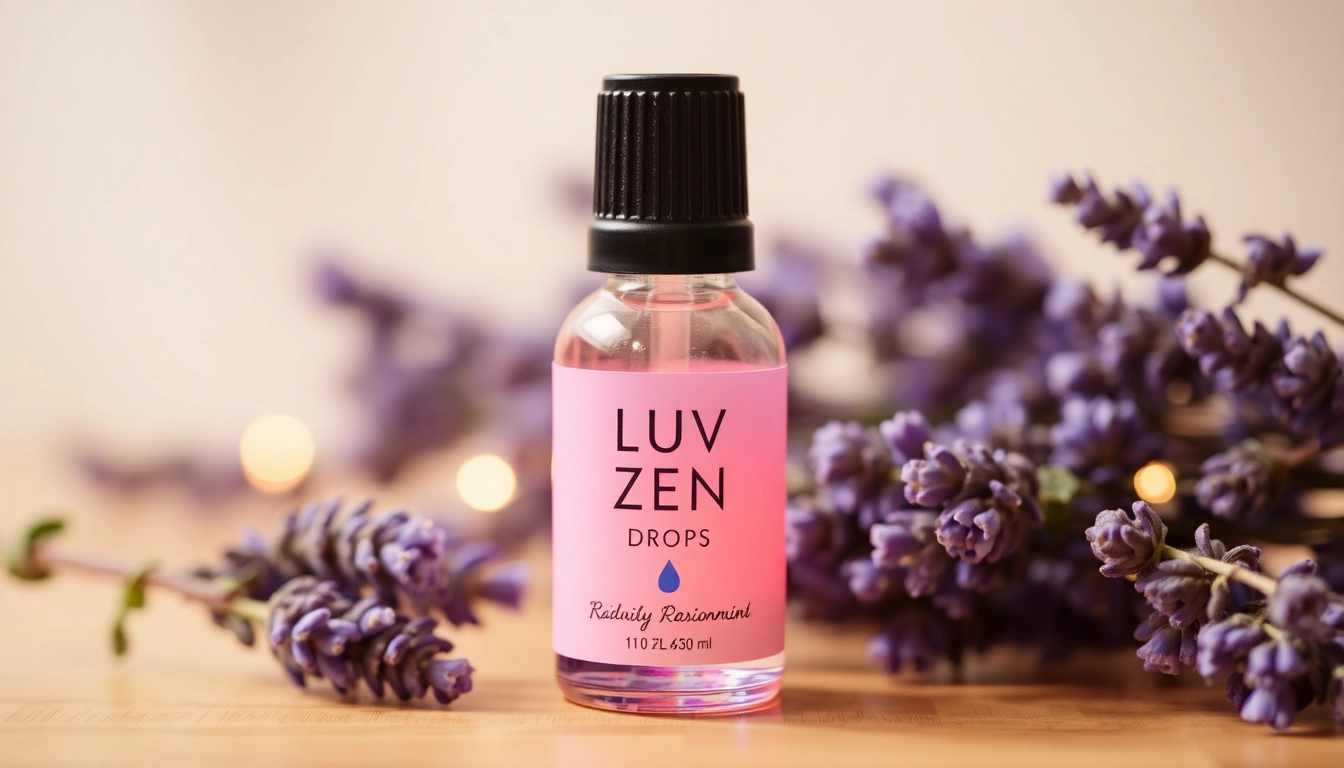Understanding Deep Cleansing
What is Deep Cleansing?
Deep cleansing is a skincare practice that goes beyond the surface of the skin to remove dirt, excess oil, makeup, and impurities that a regular cleanser might miss. It typically involves a more thorough cleaning process that may include various products and techniques tailored to individual skin types. This method aims to deeply purify the skin, unclog pores, and promote a clearer complexion. Deep cleansing can play a crucial role in maintaining healthy skin. It is particularly beneficial for those with oily or acne-prone skin, as it helps prevent breakouts and minimizes shine.
The Importance of Deep Cleansing for Skin Health
Regular deep cleansing is essential for maintaining skin health. Over time, skin accumulates dead cells, pollutants, and oils that can lead to clogged pores and a dull complexion. Here are several reasons why deep cleansing should be an integral part of your skincare routine:
- Unclogging Pores: Deep cleansing removes buildup that can lead to blackheads and whiteheads.
- Excess Oil Control: For those with oily skin, deep cleansing helps regulate sebum production and provides a balanced look.
- Improved Product Absorption: A clean canvas allows serums and moisturizers to penetrate more deeply and effectively.
- Enhanced Glow: Regularly cleansing the skin can give it a radiant appearance by removing dead skin cells and impurities.
Common Misconceptions About Deep Cleansing
Despite its benefits, deep cleansing is often surrounded by misconceptions. Addressing these can enhance understanding and the effectiveness of skincare routines:
- More Frequent is Better: Some believe that daily deep cleansing is necessary, but over-cleansing can strip the skin of its natural oils, leading to irritation and increased oil production.
- Only for Oily Skin: While those with oily skin benefit significantly, dry and combination skin types can also gain from deep cleansing, with the right products.
- It Requires Harsh Products: Many assume that deep cleansing means using abrasive or strong ingredients; however, there are gentle methods and products available that are effective and soothing.
Types of Deep Cleansing Products
Foaming and Gel Cleansers
Foaming and gel cleansers are popular options for deep cleansing due to their ability to create a lather that helps lift away dirt and oil. These products often contain ingredients like salicylic acid for acne-prone skin or benzoyl peroxide for its antibacterial properties. Here’s how to select the right one:
- For Oily Skin: Look for gel cleansers with salicylic acid to help manage oil production.
- For Dry Skin: Soft foaming cleansers that contain hydrating ingredients such as glycerin can be effective while remaining gentle.
- Ingredients to Avoid: Steer clear of harsh sulfates, which can strip the skin’s barrier.
Exfoliators: Mechanical vs. Chemical
Exfoliation is a key component of deep cleansing that can be categorized into mechanical and chemical methods. Both methods serve to remove dead skin cells and improve skin texture:
- Mechanical Exfoliators: These include scrubs and brushes that physically slough off dead skin. While they can be effective, it’s essential to choose gentle options to avoid skin irritation.
- Chemical Exfoliators: Products containing alpha hydroxy acids (AHAs) or beta hydroxy acids (BHAs) dissolve dead skin cells without physical abrasion. These are beneficial for treating acne and enhancing cell turnover.
Choosing the right type will depend on skin sensitivity and personal preference.
Facial Masks for Deep Cleansing
Facial masks are an excellent way to enhance deep cleansing, providing targeted treatments that can detoxify and purify. Depending on your skin type, different masks can offer various advantages:
- Clay Masks: Ideal for oily and acne-prone skin, clay masks draw out impurities and excess oil.
- Charcoal Masks: Known for their detoxifying properties, they can remove toxins and dirt from pores.
- Hydrating Masks: For dry skin, look for masks that provide moisture and nourishment, often containing ingredients like hyaluronic acid.
DIY Deep Cleansing Techniques
Homemade Cleansers Using Natural Ingredients
Creating your own cleansers can be a fun and effective way to tailor skincare to your needs. Here are a few recipes that are simple to make and use natural ingredients:
- Honey and Lemon Cleanser: Combine equal parts honey and lemon juice. Honey is antibacterial, while lemon acts as a natural astringent.
- Oatmeal Cleanser: Blend oats with water to create a paste that gently exfoliates and calms the skin.
- Coconut Oil Cleanser: Perfect for removing makeup and deeply moisturizing at the same time. Apply directly to the skin and wipe off with a warm cloth.
Steam Treatments for Pore Purification
Steam treatments can significantly enhance deep cleansing by opening up the pores, making it easier to remove impurities. Here’s how to incorporate steaming into your routine:
- Boil water in a heatproof bowl.
- Add herbs or essential oils (such as chamomile or lavender) for added benefits.
- Lean over the bowl with a towel draped over your head to trap the steam.
- Steam for 5-10 minutes, allowing your skin to absorb the moisture before following up with a gentle cleanser.
Effective Facial Massages for Better Absorption
Facial massages are a great way to boost circulation and improve the absorption of cleansers and treatments. Here are techniques to consider:
- Push and Roll Method: Use your fingers to apply gentle pressure in an upward motion to lift the skin.
- Pinching Technique: Lightly pinch areas of your face to stimulate blood flow and relaxation.
- Using Tools: Gua sha stones or jade rollers can enhance relaxation while providing a cooling effect to soothe inflammation.
Choosing the Right Technique for Your Skin Type
Identifying Your Skin Type
Before diving into deep cleansing, it’s crucial to determine your skin type. It generally falls into four categories:
- Oily Skin: Characterized by a shiny appearance and enlarged pores.
- Dry Skin: May feel tight, flaky, or rough in texture.
- Combination Skin: Exhibits both oily and dry areas, often oily in the T-zone.
- Normal Skin: Feels balanced with minimal sensitivity or dryness.
Personalized Deep Cleansing Routines
A personalized routine is key to effective deep cleansing. Consider the following guidelines based on your skin type:
- Oily Skin: Use gel cleansers and regular exfoliation to prevent clogged pores.
- Dry Skin: Opt for cream-based cleansers with moisturizing ingredients and limit exfoliation to once a week.
- Combination Skin: A balanced routine that includes gentle exfoliation and hydrating masks suffices.
- Normal Skin: Flexibility in products allows for a mix of both exfoliating and cleansing options.
Professional Options: When to Seek Expert Help
In some cases, professional treatments are advisable, especially for persistent skin issues. Consider seeing a dermatologist or esthetician if you experience:
- Persistent acne or skin conditions that don’t respond to over-the-counter treatments.
- Severe irritation or allergies to certain products.
- Desire for advanced treatments like chemical peels or microdermabrasion that go beyond home care.
Evaluating the Effectiveness of Deep Cleansing
Signs of Healthy Skin Post-Cleansing
Once you’ve incorporated deep cleansing into your routine, watch for positive changes. Signs of healthy skin include:
- A more even skin tone and texture.
- Fewer breakouts and reduced inflammation.
- A noticeable glow and hydration level.
Common Mistakes to Avoid During Deep Cleansing
To ensure you maximize the benefits of your deep cleansing routine, avoid these common pitfalls:
- Over-Cleansing: While it’s essential to keep the skin clean, too much cleansing can strip the skin and cause irritation.
- Skipping Moisturizer: Always follow up cleansing with a suitable moisturizer to replenish hydration.
- Neglecting Sunscreen: After deep cleansing and before going out, applying sunscreen is critical to protect the newly exfoliated skin.
Monitoring Your Skin’s Long-Term Health
Long-term skin health can be monitored by keeping a skincare diary to track changes and reactions over time. Also, consult regularly with a skincare professional for personalized assessments and adjustments. Remember, variations in diet, lifestyle, and even seasonal changes can affect your skin, necessitating adjustments to your deep cleansing routine.



